
Gelatin is commonly used in many recipes to create a firm, jelly-like texture in desserts, sauces, and other dishes.
However, if you follow a plant-based diet, have dietary restrictions, or need an alternative, plenty of substitutes can replicate gelatin’s gelling and thickening properties.
In this guide, we’ll explore 11 different substitutes for gelatin, ranging from popular options like agar-agar to natural starches like tapioca and arrowroot.
Whether you’re making jellies, sauces, or puddings, we promise you’ll find a suitable alternative that works just as well.
How to Replace Gelatin in Cooking?
1. Agar-Agar
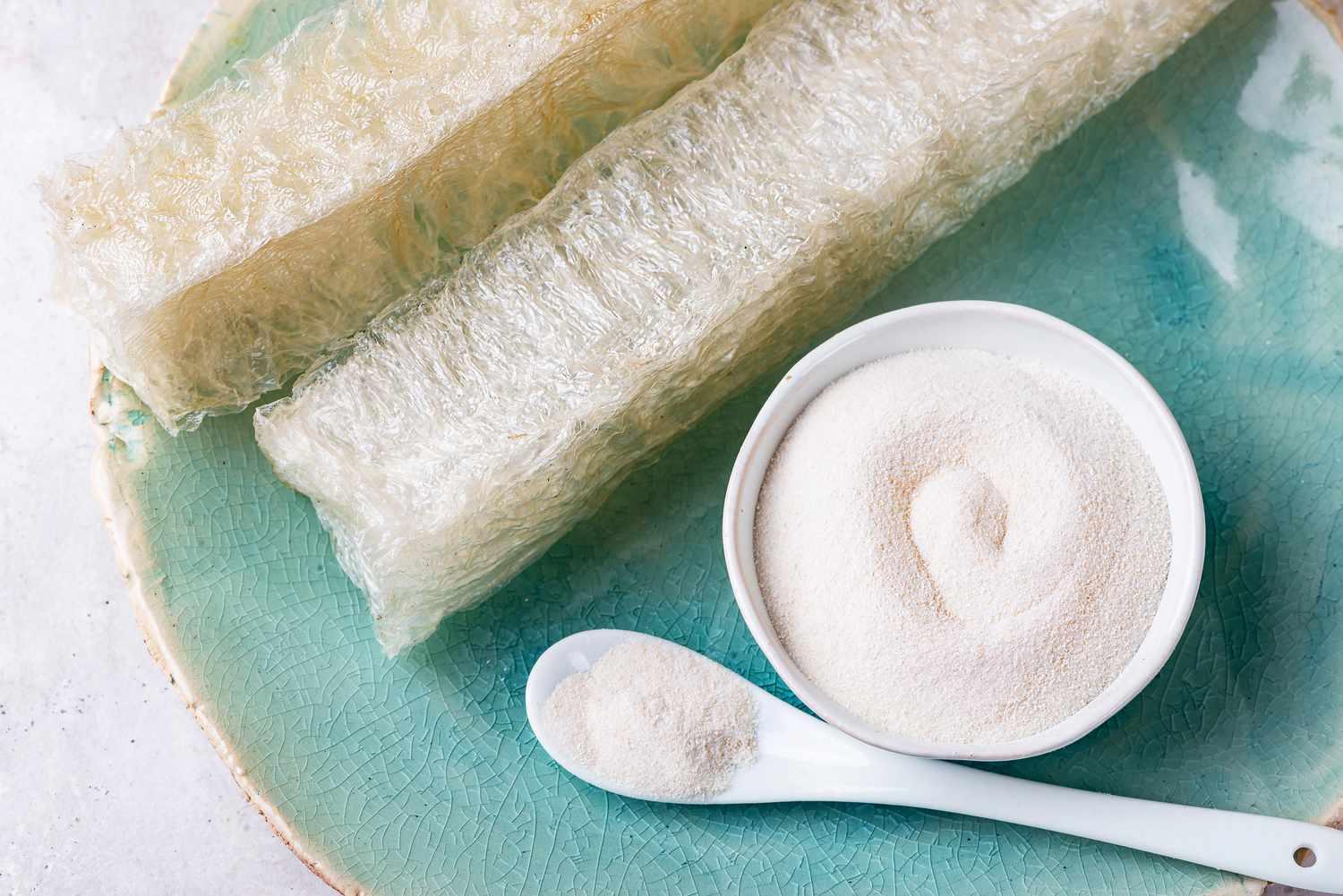
- How It Works as a Gelatin Substitute: Agar-agar is derived from seaweed and works similarly to gelatin by forming a firm, jelly-like consistency when dissolved in liquid and cooled.
- Best Uses: It is ideal for making firm desserts like jellies, puddings, and gummies. It can also thicken soups and sauces.
- Texture and Consistency: Agar-agar has a firmer and more brittle texture than gelatin, making it perfect for dishes that require a sturdy set.
2. Pectin
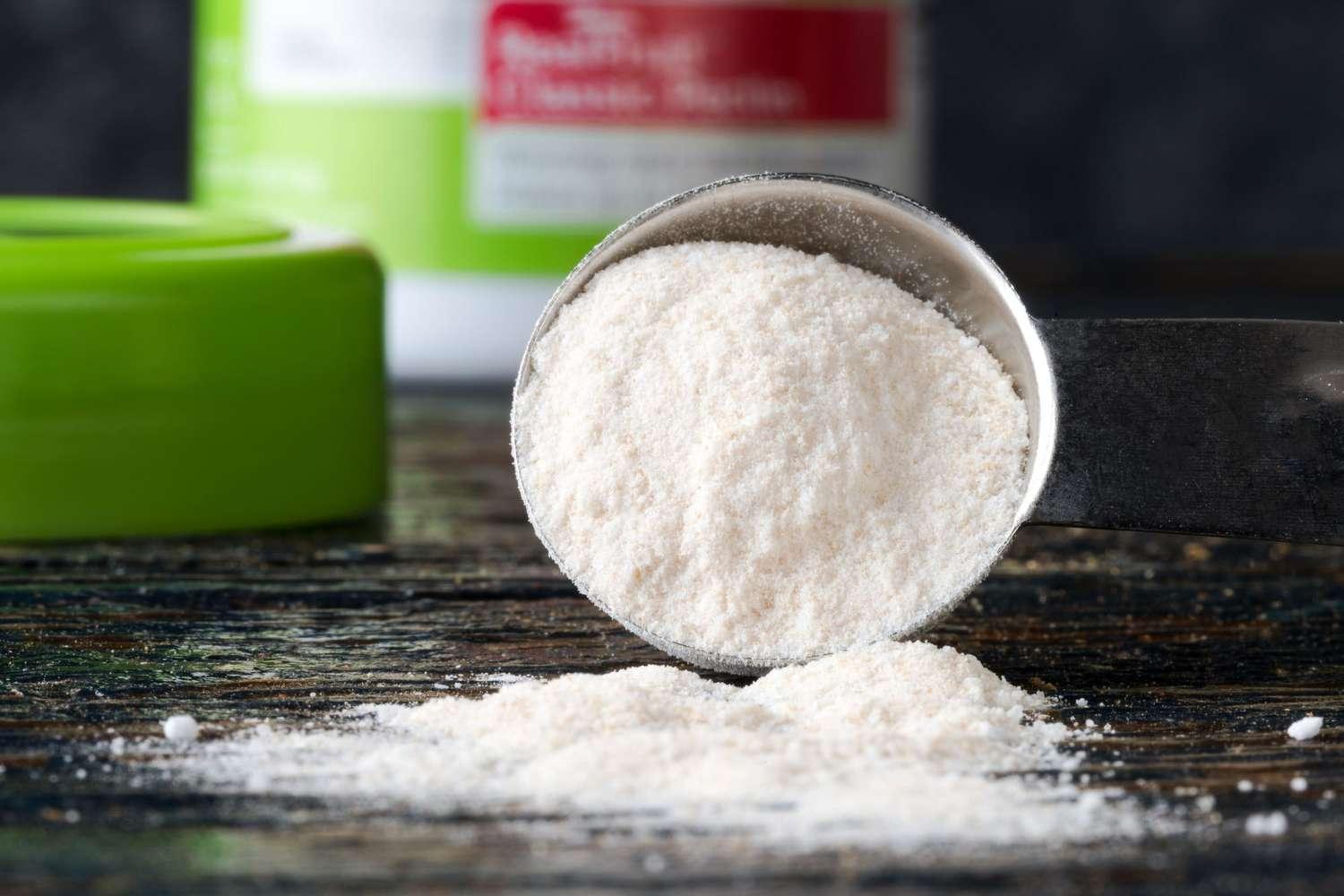
- How It Works as a Gelatin Substitute: Pectin is a natural fiber found in fruits. It is often used to thicken jams and jellies. When combined with sugar and acid, pectin forms a gel.
- Best Uses: Best for making fruit-based recipes like jams, jellies, and marmalades.
- Texture and Consistency: Pectin creates a softer, more delicate gel than gelatin, ideal for spreads and jellies but less firm than typical gelatin-based desserts.
3. Carrageenan
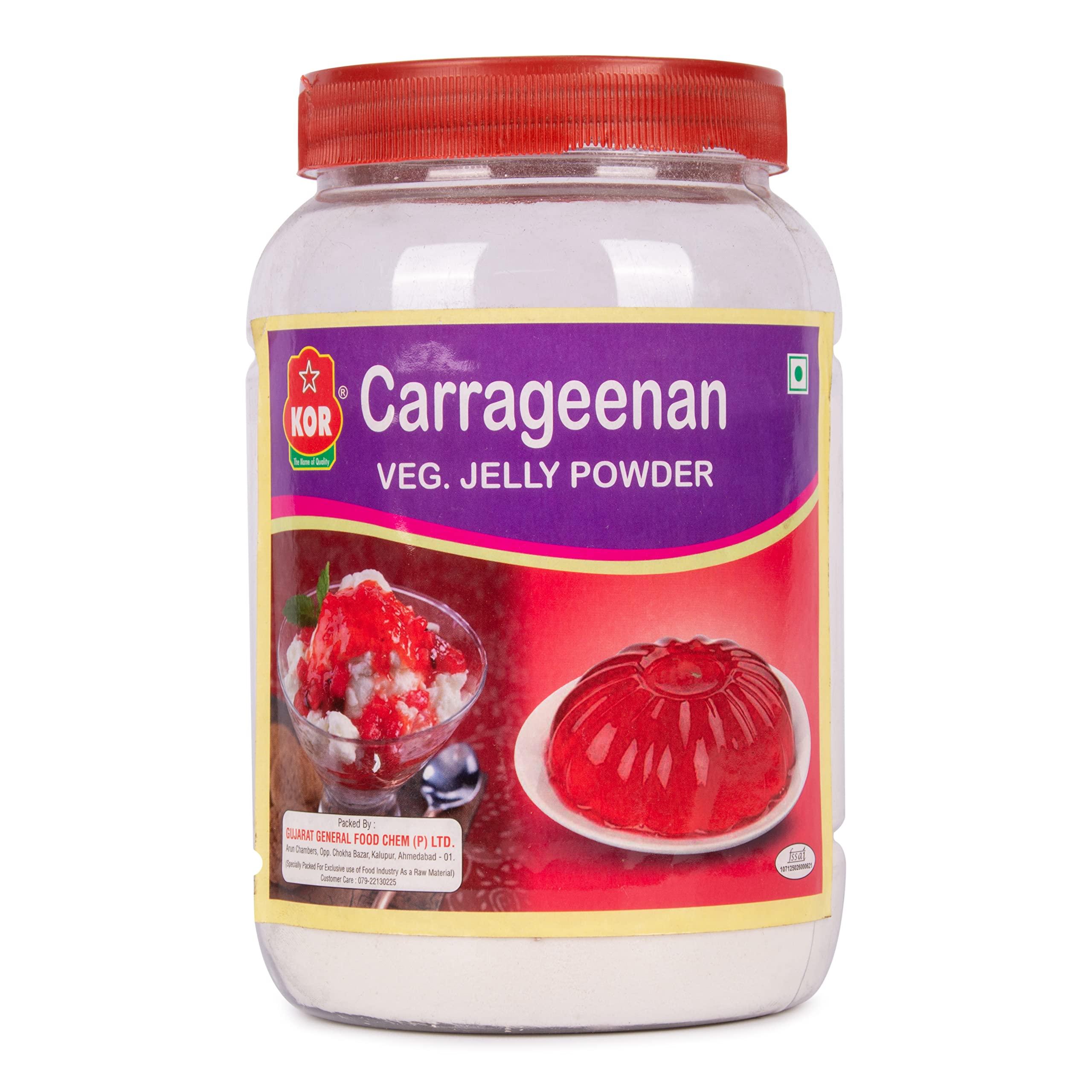
- How It Works as a Gelatin Substitute: Carrageenan, also derived from seaweed, thickens and gels liquids much like gelatin. It’s often used in commercial products.
- Best Uses: It works well in dairy-based recipes such as puddings, custards, and ice cream and can also be used in vegan-friendly recipes.
- Texture and Consistency: Carrageenan produces a smooth, creamy texture, making it an excellent choice for soft-set desserts and creamy dishes.
4. Guar Gum
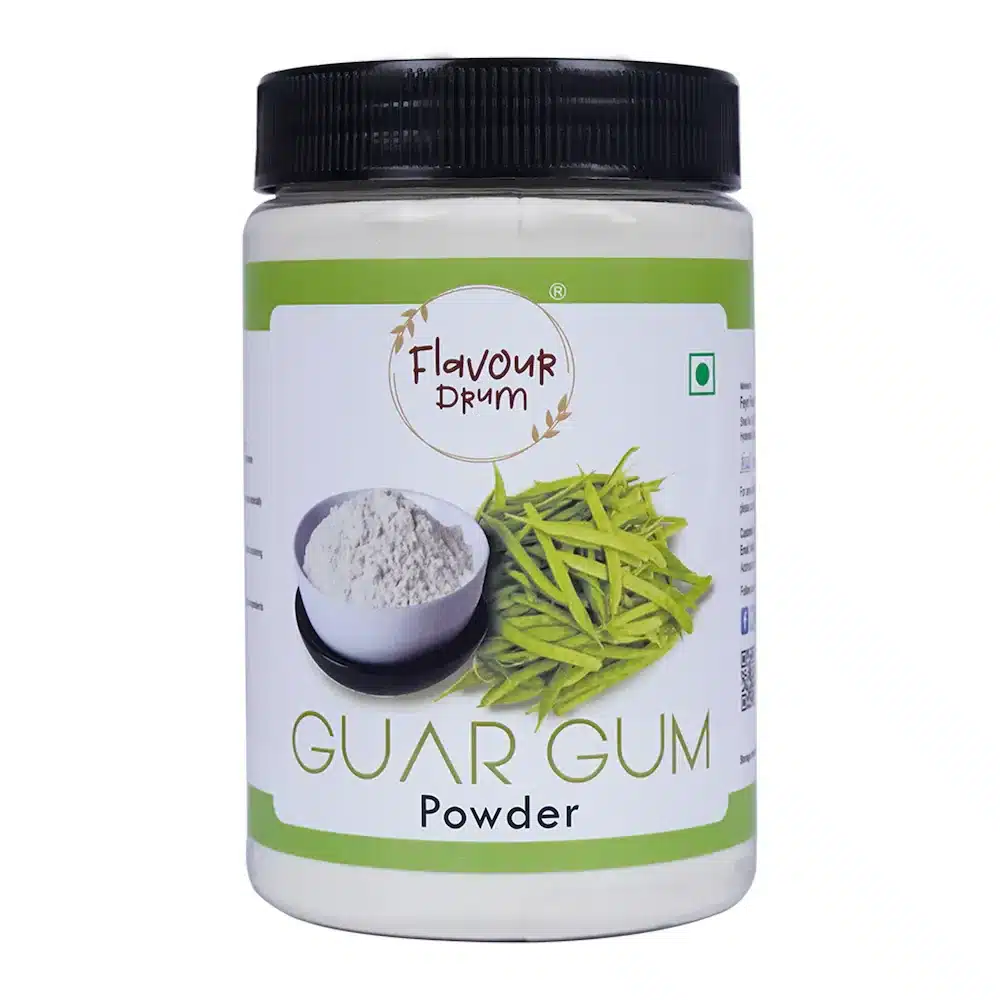
- How It Works as a Gelatin Substitute: Guar gum is a natural thickener made from guar beans. It thickens liquids but doesn’t create a gel as firm as gelatin.
- Best Uses: It thickens sauces, soups, and gravies and is also useful in gluten-free baking.
- Texture and Consistency: Guar gum creates a smooth, viscous texture, but the result is more of a thickened liquid than a solid gel.
5. Xanthan Gum
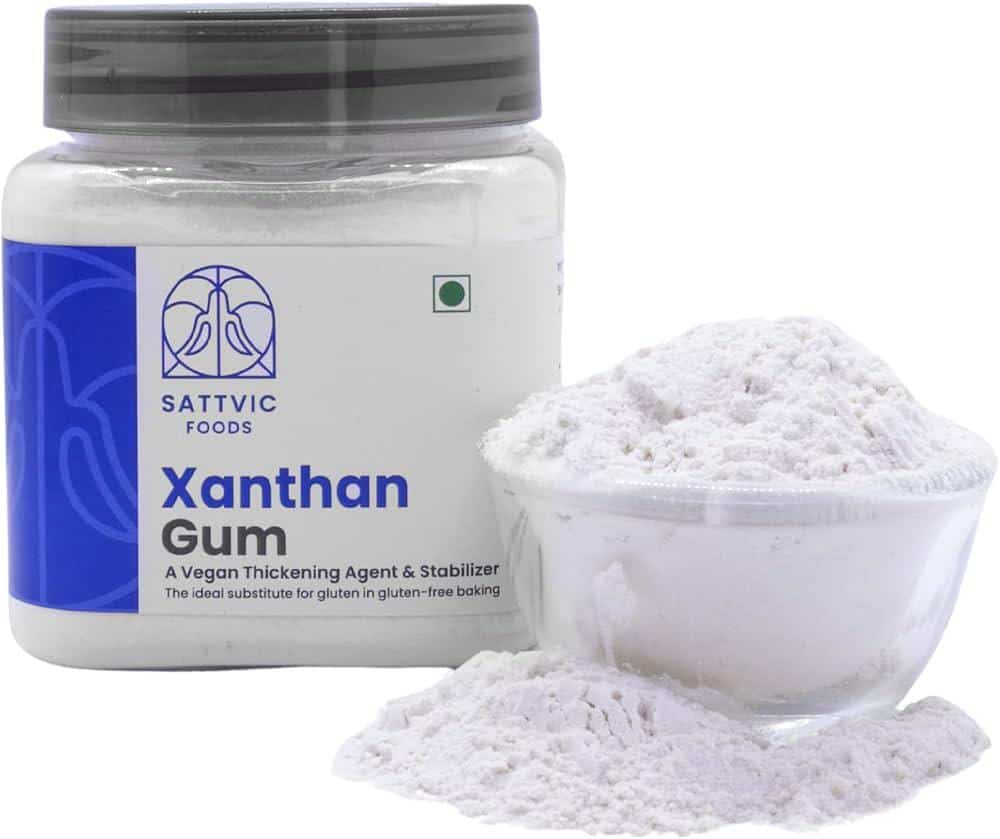
- How It Works as a Gelatin Substitute: Xanthan gum is a popular thickener and stabilizer derived from fermented sugars. When mixed with water, it thickens liquids.
- Best Uses: Best for sauces, dressings, and gluten-free baking where a stable, thickened consistency is needed.
- Texture and Consistency: Xanthan gum gives a creamy, smooth texture but doesn’t form a firm gel like gelatin.
6. Kudzu (Kuzu) Starch
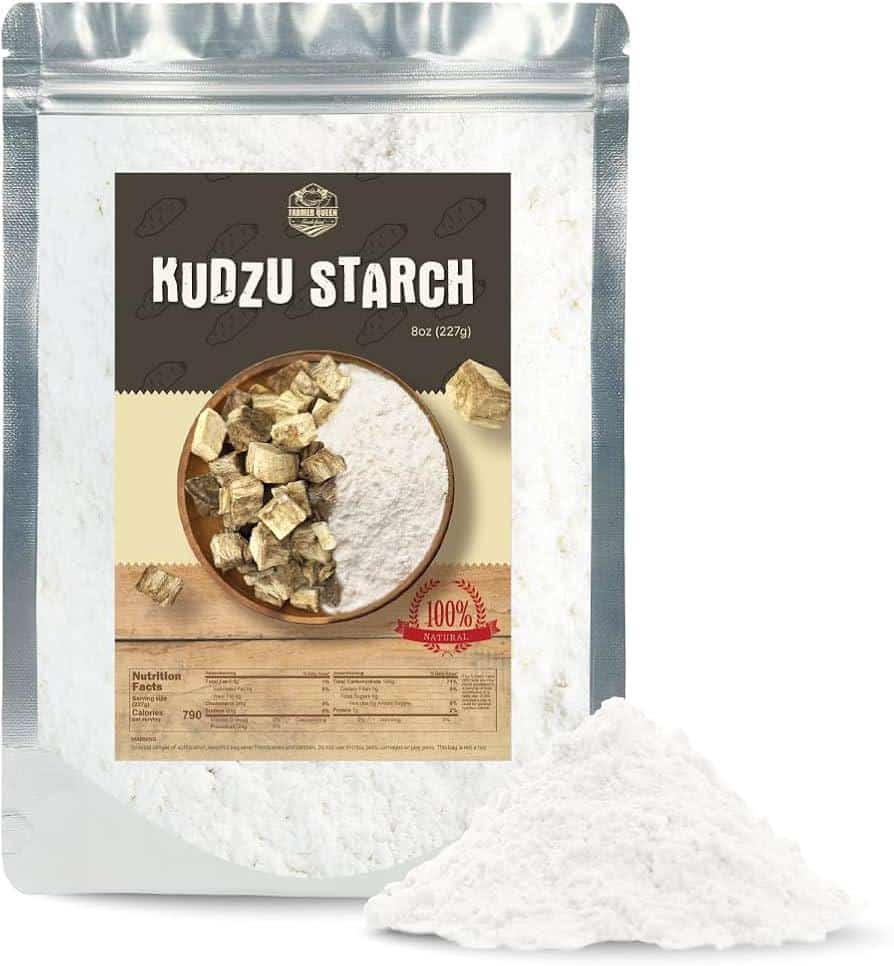
- How It Works as a Gelatin Substitute: Kudzu starch, made from the root of the kudzu plant, acts as a natural thickener and forms a gel-like consistency when heated.
- Best Uses: Works well in sauces, gravies, and soups, providing a thickened consistency.
- Texture and Consistency: Kudzu creates a silky, smooth gel but is slightly softer and less firm than gelatin.
7. Cornstarch
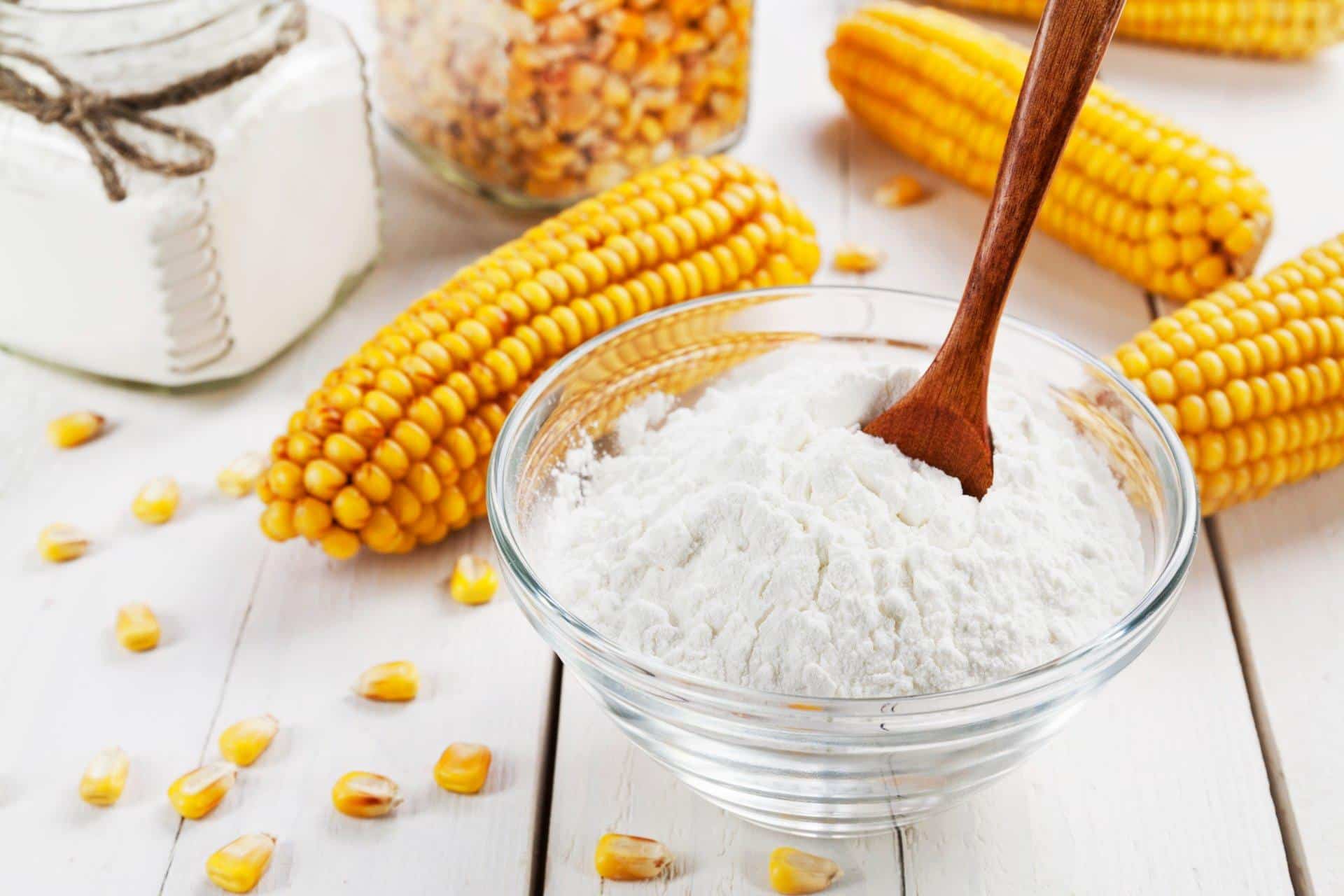
- How It Works as a Gelatin Substitute: When heated, cornstarch thickens liquids, making it suitable as a gelatin alternative for certain recipes.
- Best Uses: Ideal for thickening sauces, soups, and custards, but it doesn’t work well for firm-set desserts.
- Texture and Consistency: Cornstarch creates a smooth, thick texture, though the result is more like a pudding or sauce than a firm gel.
8. Arrowroot Powder
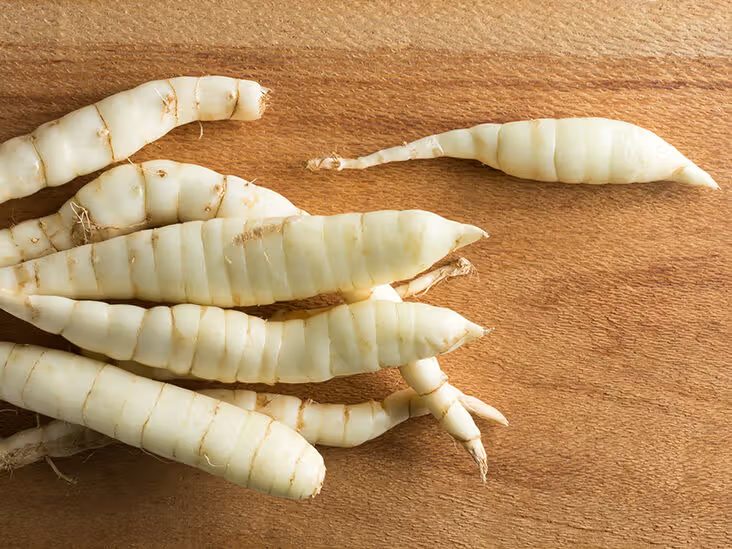
- How It Works as a Gelatin Substitute: Arrowroot is a starch that similarly thickens liquids to cornstarch, though it works at lower temperatures.
- Best Uses: Best used in sauces, puddings, and fruit-based fillings for pies.
- Texture and Consistency: It creates a smooth, glossy texture, but like cornstarch, it won’t form a solid gel like gelatin.
9. Tapioca Starch
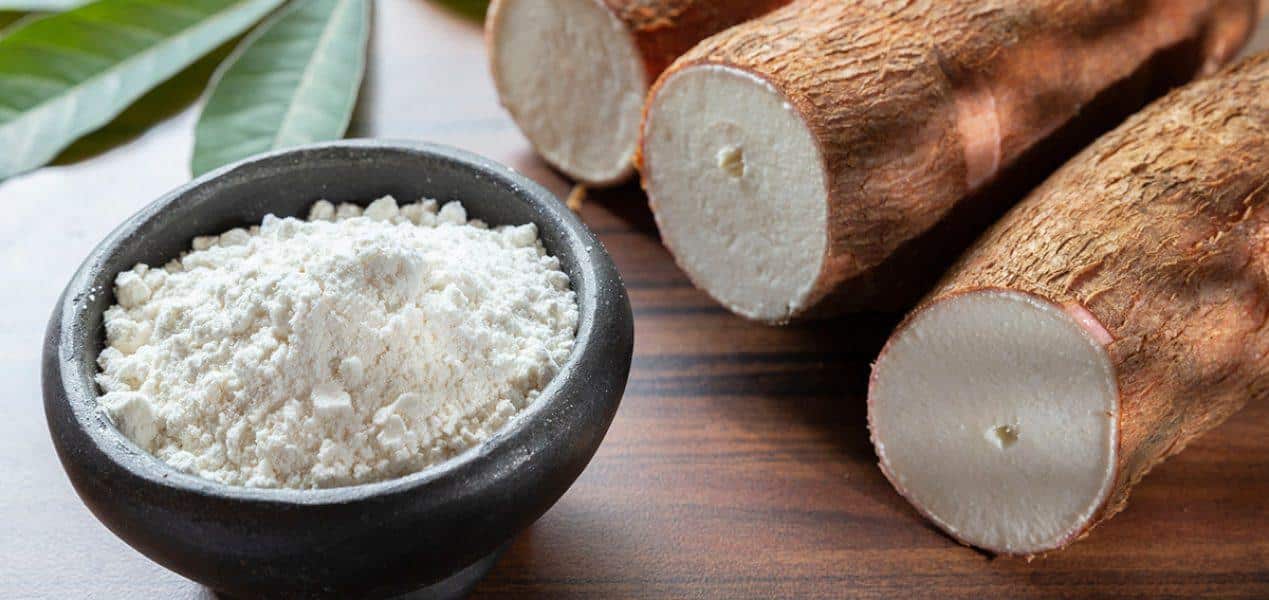
- How It Works as a Gelatin Substitute: Tapioca starch from cassava root thickens liquids when heated and forms a gel-like consistency when cooled.
- Best Uses: Ideal for thickening pies, sauces, and puddings, especially in gluten-free and vegan recipes.
- Texture and Consistency: Tapioca starch gives a smooth, slightly chewy texture, but it is less firm than gelatin.
10. Agar Flakes
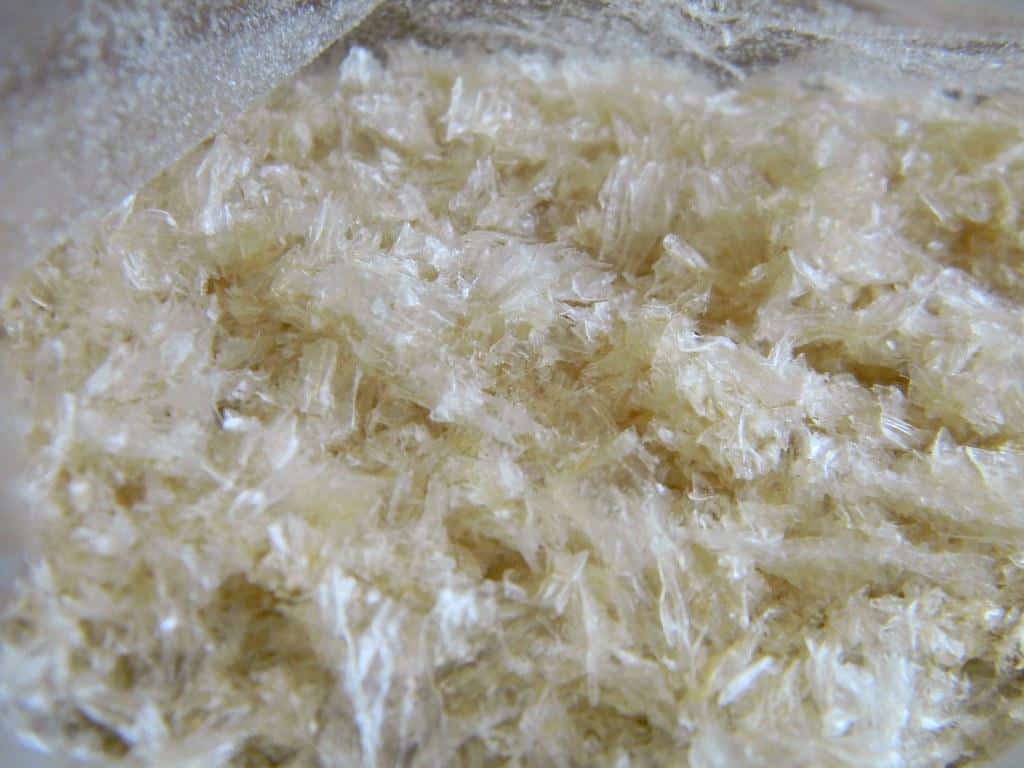
- How It Works as a Gelatin Substitute: Agar flakes, a form of agar-agar, work similarly by dissolving in hot water and creating a gel as the mixture cools.
- Best Uses: Perfect for making firm jellies, custards, and vegan desserts.
- Texture and Consistency: Like agar powder, it produces a firmer, more brittle texture than gelatin.
11. Soy Protein
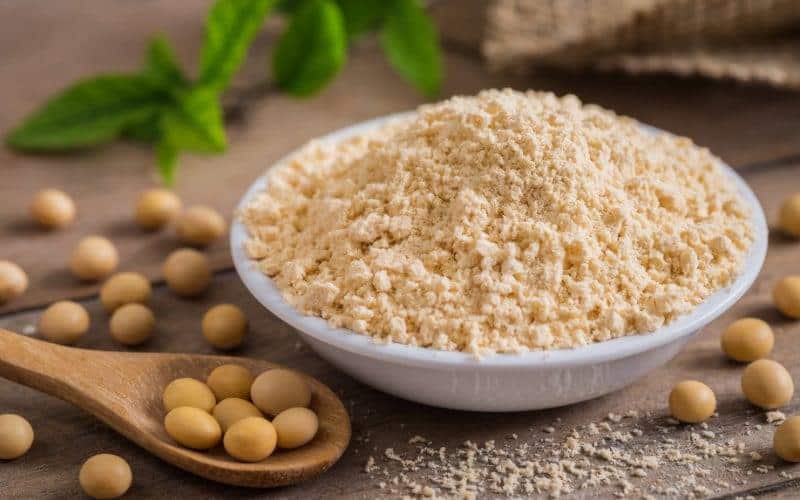
- How It Works as a Gelatin Substitute: Soy protein can act as a thickener in liquid-based recipes, although it won’t create the same firm gel as gelatin.
- Best Uses: Commonly used in vegan and plant-based recipes to thicken sauces, gravies, and some dessert fillings.
- Texture and Consistency: Provides a thick, creamy consistency but lacks the firm, gelatinous structure that gelatin creates.
Conclusion
With a wide range of plant-based and natural alternatives available, you can easily create the same gelling or thickening effect in your recipes.
From agar-agar for firm jellies to cornstarch for smooth, creamy sauces, each substitute offers unique qualities.
By understanding how these substitutes work, you can confidently swap out gelatin for an option that fits your dietary needs, whether you’re vegan, vegetarian, or avoiding specific ingredients.
Now that you know the best alternatives, you’re ready to experiment with different textures and flavors in your cooking and baking.
With these substitutes in hand, you can enjoy delicious, gelatin-free dishes without sacrificing quality or consistency.

